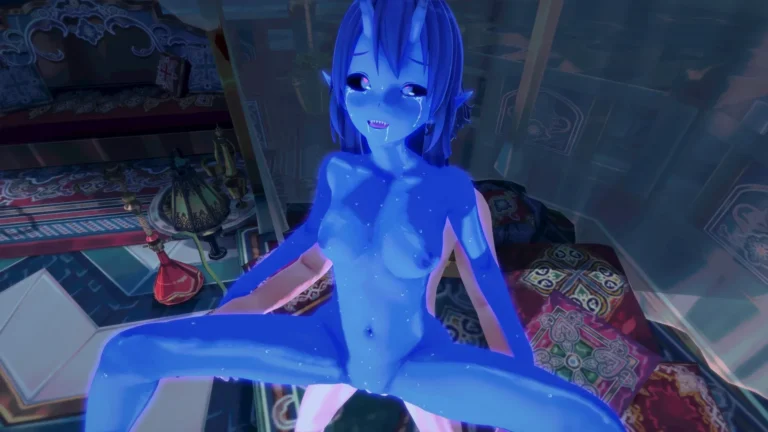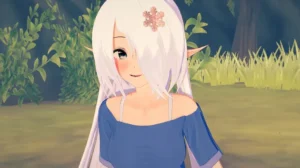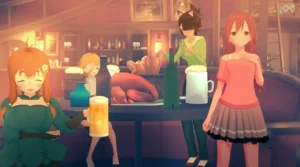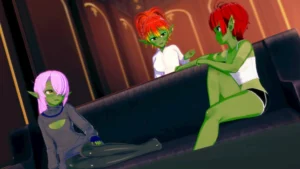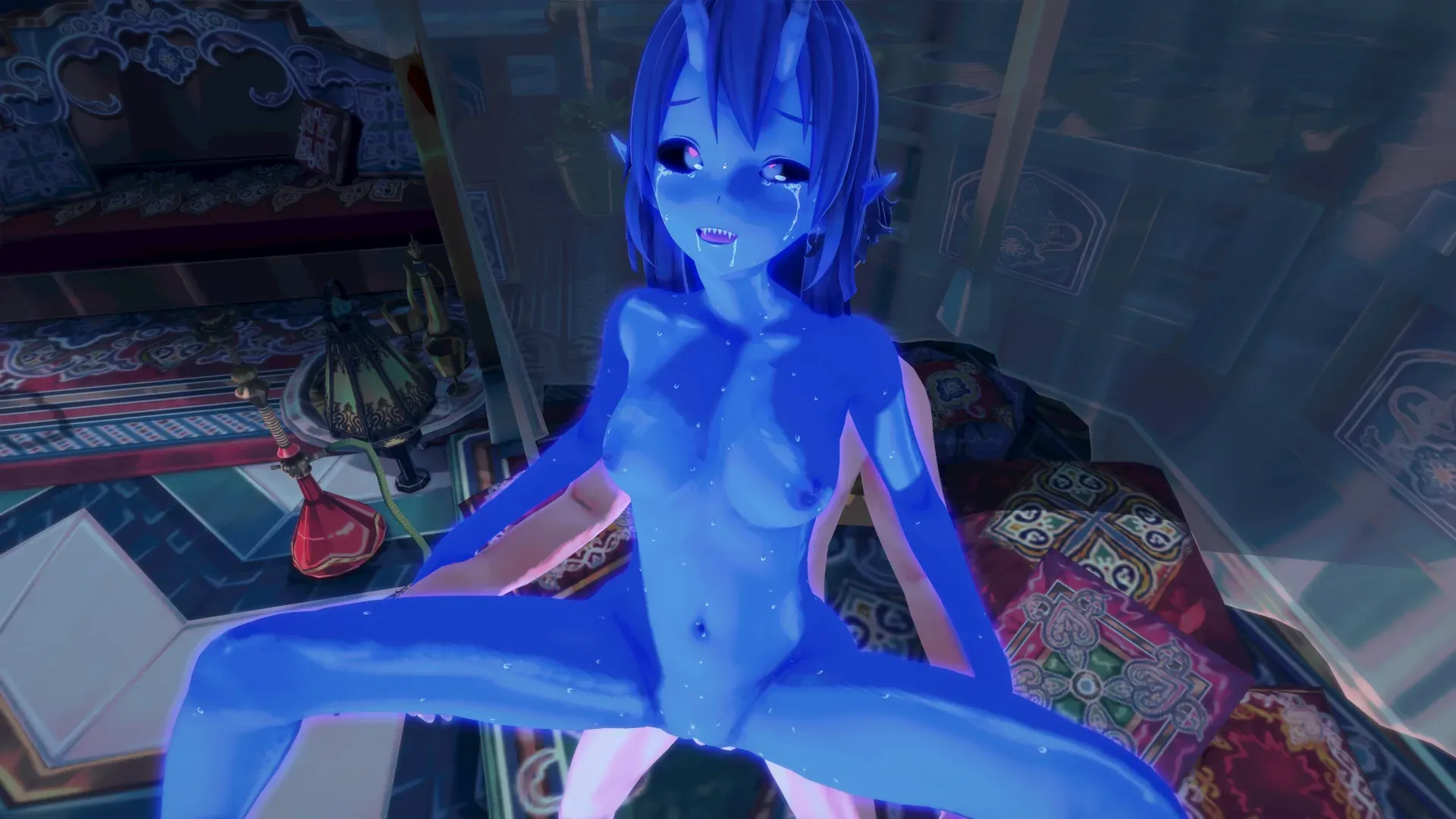
Tales of Unity
Play Tales of Unity
Tales of Unity review
Exploring the Story, Gameplay, and Character Dynamics of Tales of Unity
Tales of Unity is a distinctive visual novel that blends immersive storytelling with character-driven gameplay. Unlike many games in its category, it integrates mature themes naturally into the narrative, creating a compelling experience beyond just its adult content. This article dives into what makes Tales of Unity special, from its rich plot to the unique way it handles character relationships and player choices.
Understanding Tales of Unity: Story and Gameplay Overview
Understanding Tales of Unity: Story and Gameplay Overview
Ever stumbled into a visual novel that completely rewired your expectations? 😲 That happened to me with Tales of Unity. Forget tired tropes – this game blends raw emotion, strategic choice, and world-building into something truly special. Let’s unpack why its story and gameplay resonate so deeply!
What is Tales of Unity About?
Picture this: Thirty years ago, humanity lost a brutal war. Now, we’re enslaved 👷♂️⛓️ by the victorious races—elves, beastkin, and demons. You play as a resistance leader thrust into a crumbling rebel base. Your mission? Unite fractured factions and spark hope in a broken world. The Tales of Unity story isn’t just about rebellion; it’s about fragile alliances, moral compromises, and the cost of freedom.
What gripped me wasn’t just the dystopian setup—it was how mature themes in visual novels like trauma, cultural hatred, and ethical sacrifice are woven into character arcs. These aren’t shock tactics; they’re the foundation of the Tales of Unity narrative. When your elven ally recalls being shunned by humans pre-war, or a demon struggles with guilt over past atrocities, the story forces you to confront gray morality. 🕊️⚖️
How Does Gameplay Influence the Story?
Here’s where Tales of Unity shines: Tales of Unity gameplay isn’t separate from the story—it drives it. Every choice reshapes relationships, resources, and even the map!
🕹️ Key Mechanics:
– Resource Allocation: Spend intel points to scout territories or medical supplies to heal allies. Short-term gains vs. long-term strategy? Brutal.
– Relationship Meters: Your dialogue choices with key characters (like the stoic beastkin general or idealistic human mage) alter their loyalty. Max loyalty unlocks pivotal story scenes.
– Faction Reputation: Helping elf refugees might anger human hardliners. Balance is everything!
This fusion creates unique visual novel gameplay. Want to pursue a romance? First, you’ll need to complete joint missions to build trust. Even intimate moments feel earned through narrative progression, not isolated “scenes.” It’s character-driven, not checklist-driven.
| Gameplay Feature | Story Impact |
|---|---|
| Resource Scarcity | Forces morally ambiguous choices (e.g., save a wounded ally or secure weapons) |
| Dynamic Loyalty System | Alters character motivations, dialogue trees, and ending paths |
| Territory Control | Unlocks faction-specific quests that deepen lore |
💡 Pro Tip: Always check the “Unity Board” (your resistance HQ map). Overlooked alliances can change endgame outcomes!
Character Development and Player Choices
Visual novel character development lives or dies by making choices matter. Tales of Unity nails this. Every major character has evolving motivations shaped by your actions. Ignore a companion’s trauma during a mission? They might hesitate in battle later. Advocate for mercy toward a captured foe? That foe could become a crucial spy.
The player choices in Tales of Unity create ripple effects:
– Romance Paths: Require aligning values, not just flattery. Support a character’s goals, challenge their biases.
– Endings: 12 possible endings! From uniting all races 💫 to tragic betrayals, all hinge on key relationship thresholds.
– “Moment of Truth” Decisions: Late-game choices force you to uphold or abandon your ideals. No easy outs!
Here’s a personal example: Early on, I sided with human rebels who wanted to bomb an elf settlement. Quick “victory,” right? 😬 Wrong. My elven companion, Lyra, left my team in disgust. Later, I lacked her magic during a critical siege… and lost the base. Reloading taught me: Every choice weighs loyalty against tactics.
Why does this all click? Because Tales of Unity treats its world and characters with brutal honesty. The Tales of Unity story doesn’t shy from darkness, but frames mature themes as catalysts for growth—not exploitation. Its Tales of Unity gameplay demands engagement, rewarding players who invest in the Tales of Unity narrative with profound emotional payoffs.
If you crave a visual novel where choices echo_, relationships transform, and rebellion feels painfully real… this is your next obsession. 🎮❤️🔥 What path will you* forge?
Tales of Unity stands out as a visual novel that successfully intertwines a rich narrative with mature themes in a way that enhances rather than overshadows the story. Its thoughtful character development and meaningful player choices create an engaging experience that appeals to fans of story-driven games. For those interested in a visual novel that offers more than just typical genre tropes, Tales of Unity is a compelling choice. Dive into the game to explore its unique storytelling and dynamic character interactions.
